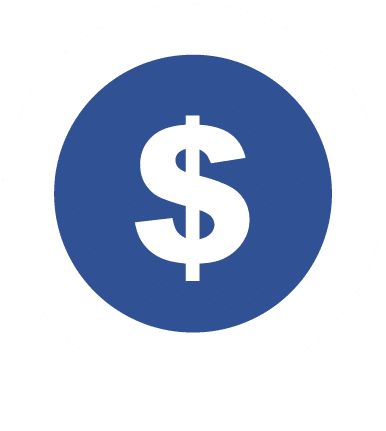Sales Enablement Services
Empowering your sales teams to sell at higher volumes, more efficiently and more often
are the best ways to make your business more successful. But if it were that easy, everyone would be doing it.
This is where sales enablement comes into play for businesses of all sizes. There are many sales enablement tools available to help your employees sell more products and services more efficiently and at a higher volume.
Here some of the most common tactics and tools that actually work.
Optimizing Sales Content
The content that we use to market our products and services doesn’t always come from copywriters and marketing teams. Much of the content is originally written by sales teams that are more well-versed in the product and have a deeper understanding of it.
Time spent writing this content is time that can be spent on looking for new clients and making deals to sell more products and services. While you can’t ignore the benefits of personalized content written by sales professionals, it’s also important to find ways to optimize this content.
A full audit of your sales materials will reveal any flaws and give your sales team a better overall understanding of the resources they have at their disposal to create valuable content that can be applied to sales pitches. This includes case studies, whitepapers, eBooks, product demo resources, technical information, pricing, discounts and events.
These libraries of information should be made accessible on a central server or a shared cloud storage service, giving your sales enablement team easy access to these resources and personalized content for individual clients.
Efficient Use of Information
Today’s business climate is filled by technology that records and analyzes data, producing reports that can help improve productivity.
The sheer amount of data floating around and going through our businesses can often be difficult to compile into useful information. This causes employees to lose track of data and negatively influences productivity since they’re spending too much time sifting through this wealth of information.
One method of sales enablement is to utilize a standardized reporting system to ensure that your business is only analyzing data and compiling it into reports that are actually useful to your sales teams. For instance, common reports may include the number of deals that were successful or fell through, how leads were generated and how effective they were or a log of the activities that sales teams are involved in.
A strong sales team should have a very good understanding of this data and how to use it, but sometimes it can overwhelm them with useless information that has to be vetted. Sales enablement tools and strategies aim to eliminate this time-consuming process and instead, create a standardized and easy-to-understand format for reports.
There are two main ways this is achieved:
Examining the quality of leads
No two leads are the same.
Some generate sales, while others might result in wasted time and a lack of productivity. Sales enablement tools will use lead scoring systems and assign scores based on the quality of a lead.
The conditions that these lead systems are based on will be specific to your business’s preferences, but the idea is to separate the good from the bad leads to ensure the better leads have a higher priority when your sales team is swamped with orders.
Reviewing the sales process
It’s also important to use this information in order to review the sales process.
If the sales team is expending a lot of resources on demonstrations and events, but few orders are coming in as a result, this lack of return on investment should raise red flags.
An in-depth audit of the sales process will reveal any flaws that your sales team is experiencing and help strengthen the process to efficiently make more sales.
Productive Sales Enablement Technology
Traditionally, sales teams manually do their job by contacting clients and performing outreach through their social networks. Nowadays, sales teams have many automated sales enablement tools at their disposal, making it possible to improve your conversion rates with proper planning.
Automatic email tools ensure that your sales team doesn’t miss out on a potential lead. They email dozens if not hundreds of prospects daily, which can be difficult to track manually.
An automated system allows you to automatically send emails over to the prospects once a specific amount of time has been reached, or if a certain action was or wasn’t taken in an attempt to push them through the traditional sales funnel.
Another good example is live chat technology. Potential clients can instantly get in touch with a member of your sales team rather than any of the other methods available. This allows for instant real-time communication on a streamlined platform that doesn’t require client sign-ups or downloads.
Final Thoughts
Sales enablement tools and services contain a variety of different components that empower your team to do their job more efficient and close more deals. To learn more about sales enablement services, reach out to a Glenmont consultant any time.
